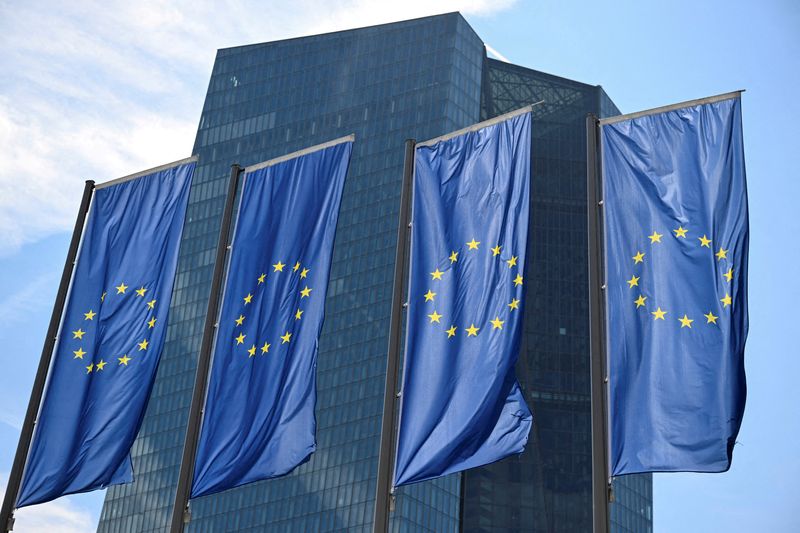The euro zone economy has been skirting recession for most of the year and price pressures have eased more than expected in recent months, fuelling arguments that the ECB has fallen behind the curve in supporting an ailing economy.
“Recent statistical data has provided further confirmation that inflation is slowing down. In my view, this means that there are now more reasons to justify a rate cut at our October meeting,” the Bank of Finland governor said.
The recent weakening of the euro area’s growth outlook also tips the scale in the same direction, he added.
“However, we should closely monitor the data and perform a comprehensive analysis before making decisions, as always,” Rehn said.
The ECB’s Governing Council will decide on the pace and scale of further rate cuts on a meeting-by-meeting basis, he said.
The euro area inflation rate will stabilise at the European Central Bank’s 2% target during the course of 2025, he said.

Rehn said Europe must find ways to boost productivity as the increase in European energy costs stemming from Russia’s invasion of Ukraine has dented industrial output in the region.
“If significant reforms cannot be achieved, a more permanent weakening in manufacturing would threaten the euro area’s competitiveness,” he added.
To read the full article, Click Here

